10 Principles Of Good UI Design To Practise!
UI/UX design is a critical component of any digital product. A good UI design is intuitive, easy to use, and enjoyable to the user. It helps users accomplish their goals quickly and efficiently with a short learning curve.
A poorly designed UI, on the other hand, can be confusing, frustrating, and even dangerous. It can lead to users making mistakes and abandoning the product altogether. By following these 10 golden rules, designers can create UIs that users trust and enjoy.

Crafting Incredible User Interfaces
1. Simplicity
While UI design must prioritize usability, simplicity contribute to positive user experience itself. This can minimise complexity and cognitive load. Layout, typography, colour schemes, and imagery should be minimally designed. Using white space and visual hierarchy creates order and focus. A visually polished UI feels more trustworthy and high quality.
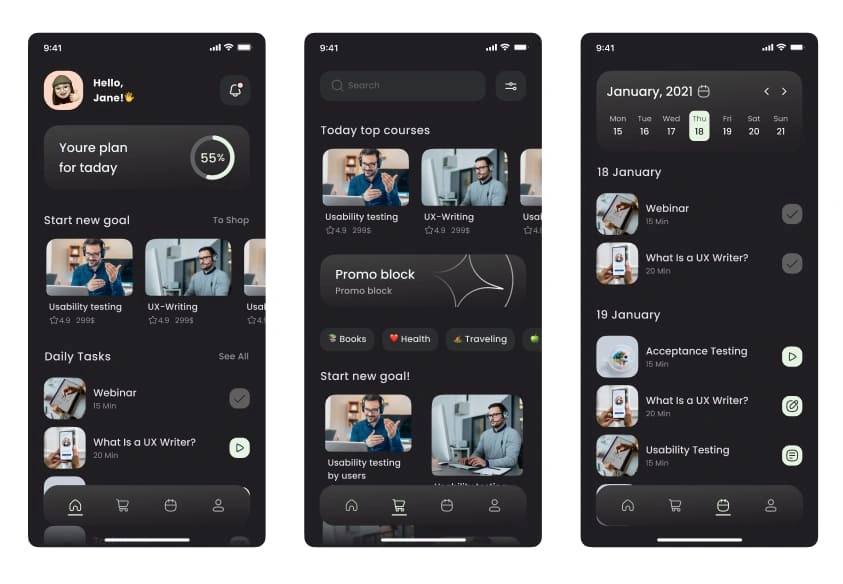
2. Clarity
A clear, understandable UI allows users to accomplish their goals with minimal confusion and cognitive load. Designers should strive for visual clarity by establishing a strong visual hierarchy, reducing clutter, and effectively using typography, colour, and imagery. Icons and interface elements should have clear meaning and purpose. A good layout guide the user’s attention in the intentional way.
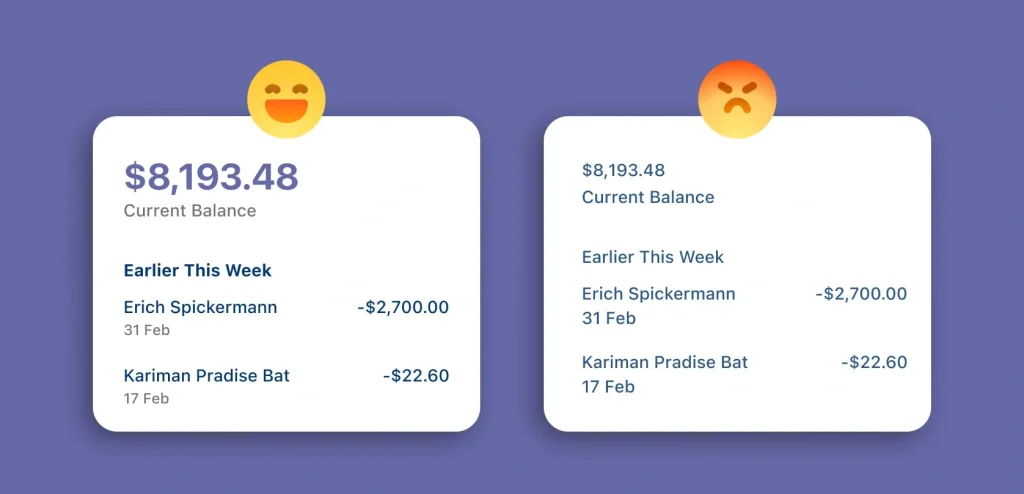
3. Consistency
Keeping UI elements consistent in location, appearance, and behaviour across a product improves usability. Users can transfer knowledge between sections of an interface, increasing efficiency. Stylistic elements like fonts, sizes, colours, and image styles should remain uniform. Consistency allows users to focus on tasks rather than learning new UI patterns.
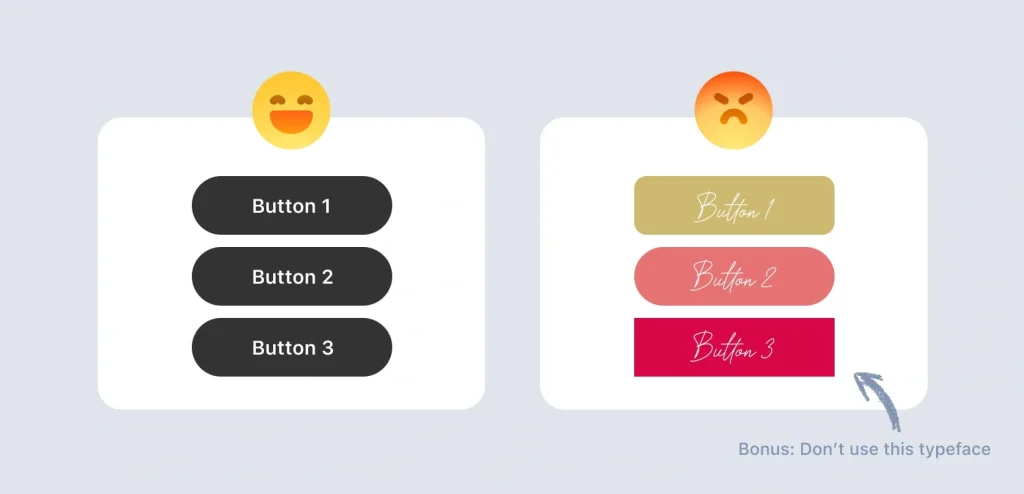
4. Familiarity
Leveraging established conventions and commonly used UI patterns taps into users’ pre-existing knowledge. Adhering to platform style guides feels familiar to users. For example, iOS users have certain expectations for where navigation buttons are located. Avoid reinventing basic interface components like menus and search fields unless necessary.
5. Responsiveness
The UI should provide clear feedback to user actions in a timely manner. Use loading indicators and notifications to keep users informed of system status. Provide visual confirmation after actions like submitting a form. Users should not be left guessing and uncertain. Offering quick, perceptible feedback creates a responsive, interactive feel.

6. Accessibility
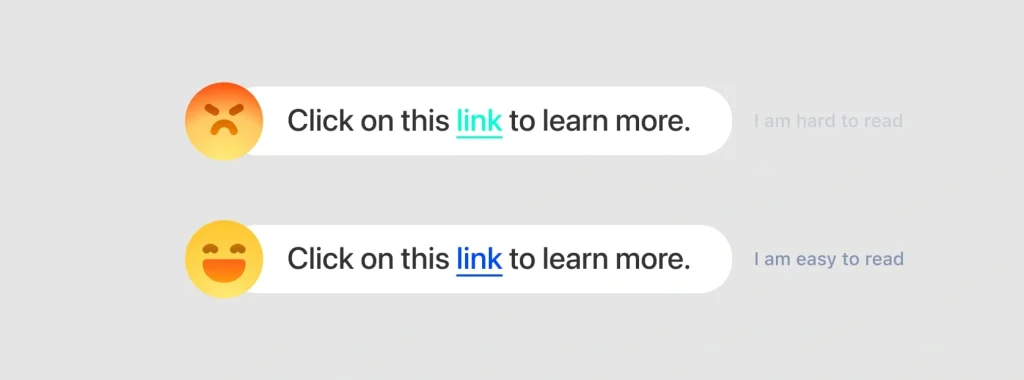
7. Forgiveness
Keep in mind there is always room for human error. Avoid designs where users can easily make accidental mistakes in the interface. Provide confirmation prompts for users before proceeding with destructive actions like data deletion.
A simple “Are you sure you want to delete?” with a “yes”/”no” can avoid user frustration. You can also include recovery options like undo/redo and error messages.
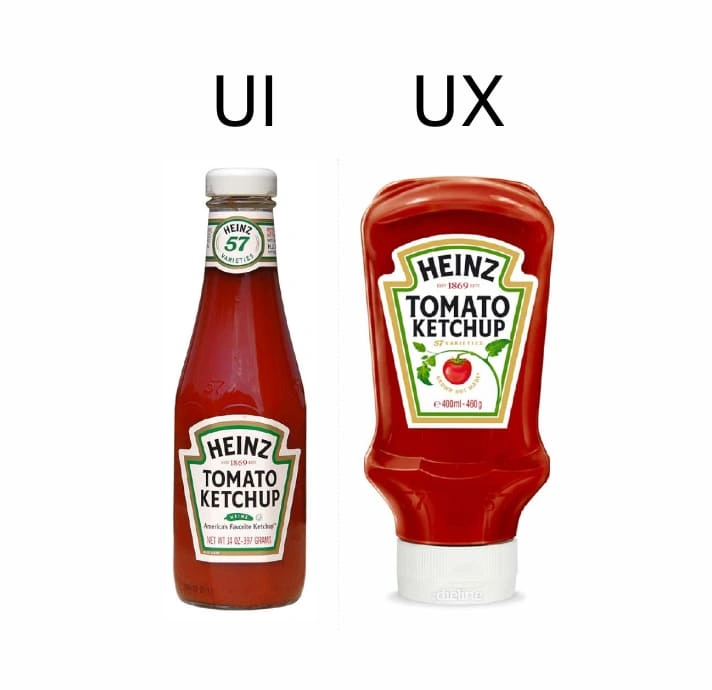
The ketchup bottle is a perfect example of the distinction between UI and UX. You can see how the classic glass ketchup bottle represents how UI deals with visuals and aesthetics.
On the other hand, the plastic ketchup bottle is much easier to use as we just have to squeeze the bottle, and the ketchup is much easier to flow with the help of gravity as the opening is at the base of the bottle. This represents how UX prioritises functionality more.
8. Efficiency
9. Trust

10. Delight
Conclusion
To conclude this, UI design has a major impact on how users experience a digital product. Following guiding principles like clarity, consistency, and accessibility ensures interfaces are usable and delightful. With a thoughtful approach, designers can craft intuitive UIs, build trust, and bring joy. Adopting established best practices avoids common pitfalls and frustration for users.
By partnering with experienced UI/UX experts, brands can bring these principles to life in tailored solutions that connect with users while moving business goals forward. With a people-first perspective, UI design can elevate products beyond the transactional to create lasting connections.
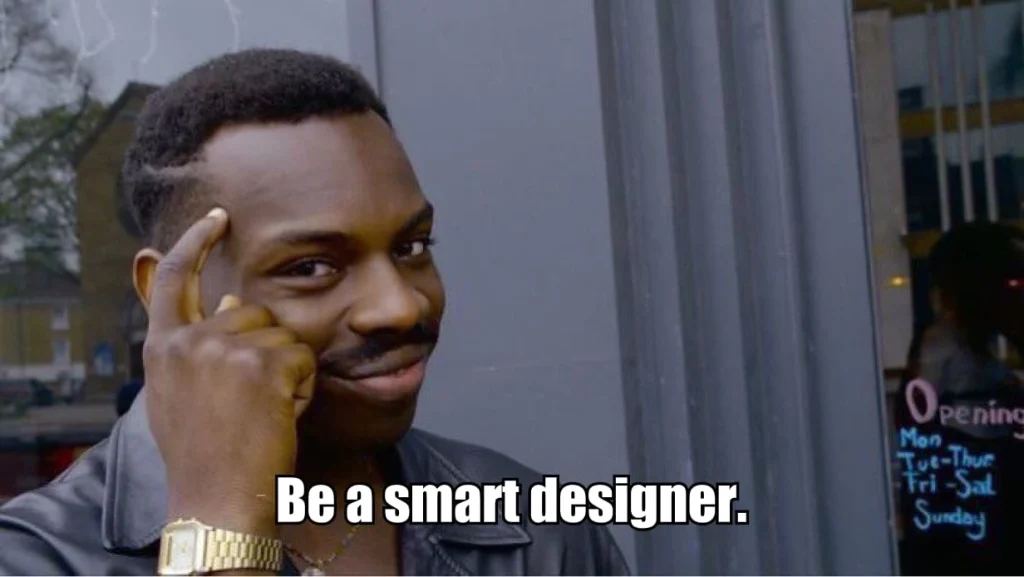
Engage Experts for Exceptional UI Design
We talented designers craft interfaces that delight users and drive success for clients. Their expertise spans:
- Visual design to make UI aesthetically pleasing and intuitive
- Prototyping to iterate and refine UI concepts
- User research to deeply understand target users’ needs Information architecture to logically structure UI elements
Reach out to us today for a no-obligation quote.


